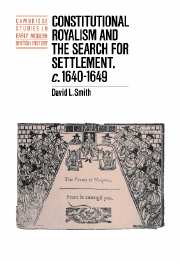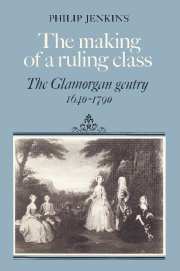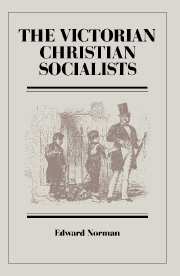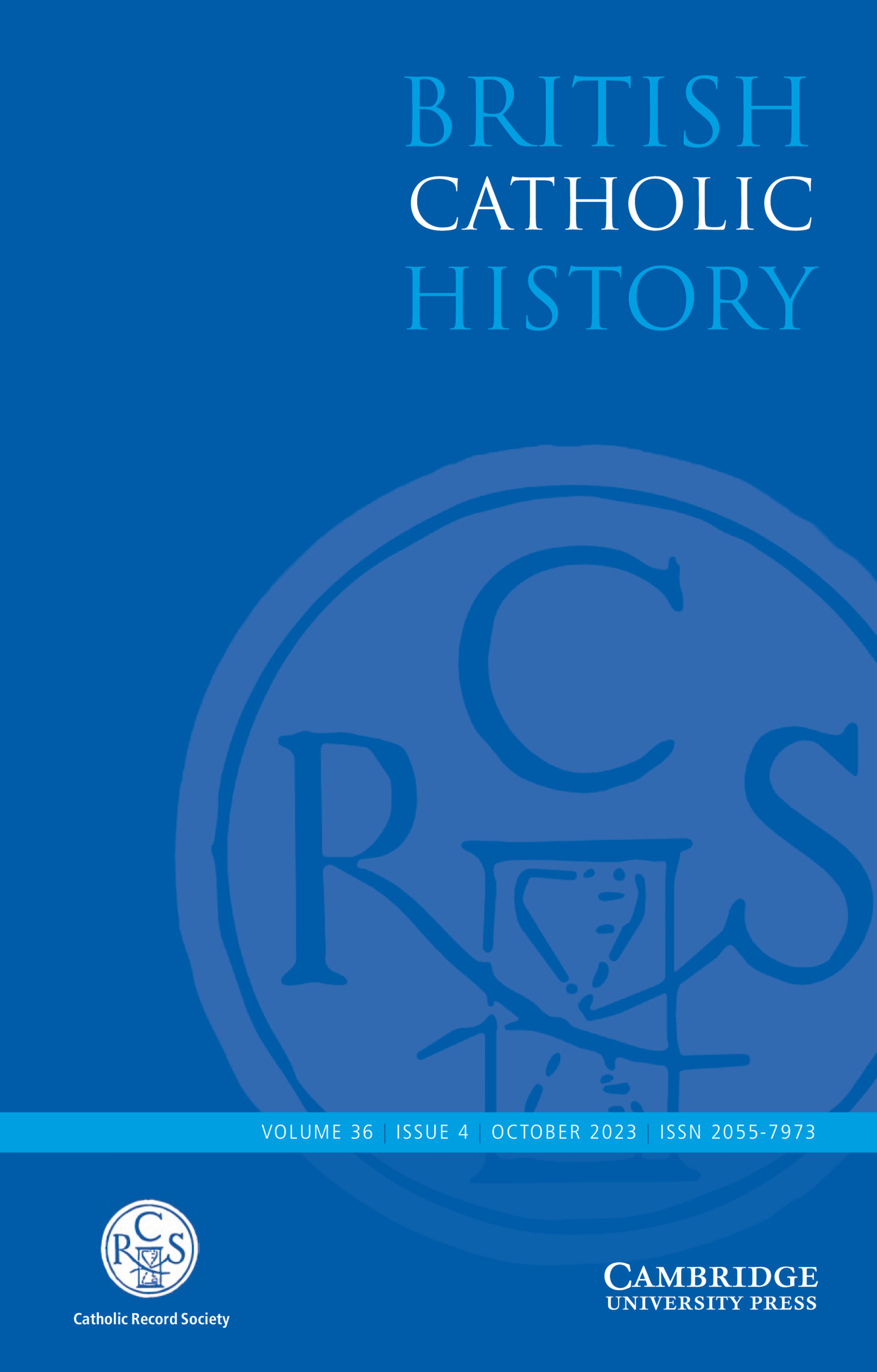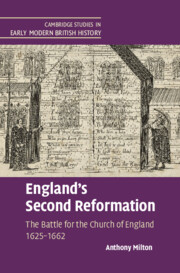Catholic and Reformed
Religious controversy was central to political conflict in the years before the English Civil War. Where earlier historians have focused more narrowly on the doctrine of predestination, Dr Milton analyses the broader attitudes which underlay notions of religious orthodoxy. Through the first comprehensive analysis of how contemporaries viewed the Roman and foreign Reformed churches in the early Stuart period, Milton demonstrates the way in which an author's choice of a particular style of religious discourse could be used either to mediate or to provoke religious conflict. This study challenges many current historical orthodoxies. It identifies the theological novelty of Laudianism, but also exposes areas of ideological tension within the Jacobean Church. Its wide-ranging conclusions will be of vital concern to students of early Stuart religion and the origins of the English Civil War.
- Major analysis of English Protestantism in the first half of the seventeenth century
- Wide-ranging interpretation of the role of the Jacobean church and Laudianism in the origins of the English Civil War
- First substantial guide to early seventeenth-century controversial anti-papal writings
Reviews & endorsements
'… an enormously subtle and sophisticated book which represents a major advance in our understanding of the early Stuart Church … a profound and important achievement: the religious landscape of early seventeenth-century England will never look the same again.' History Today
Product details
March 1995Hardback
9780521401418
620 pages
229 × 152 × 38 mm
1.08kg
Available
Table of Contents
- Introduction: English Protestantism at the dawn of the seventeenth century
- Part I. The Church of Rome:
- 1. 'This Immortal Fewde': anti-popery, 'negative popery' and the changing climate of religious controversy
- 2. The rejection of Antichrist
- 3. Rome as a true church
- 4. The errors of the Church of Rome
- 5. Unity and diversity in the Roman communion: inconsistency or opportunity?
- 6. Visibility, succession and the Church before Luther
- 7. Separation and reunion
- Part II. The Reformed Churches:
- 8. Doctrinal links: a harmony of confessions?
- 9. 'The best reformed church': church government and politics
- Conclusion
- Bibliography
- Index.


